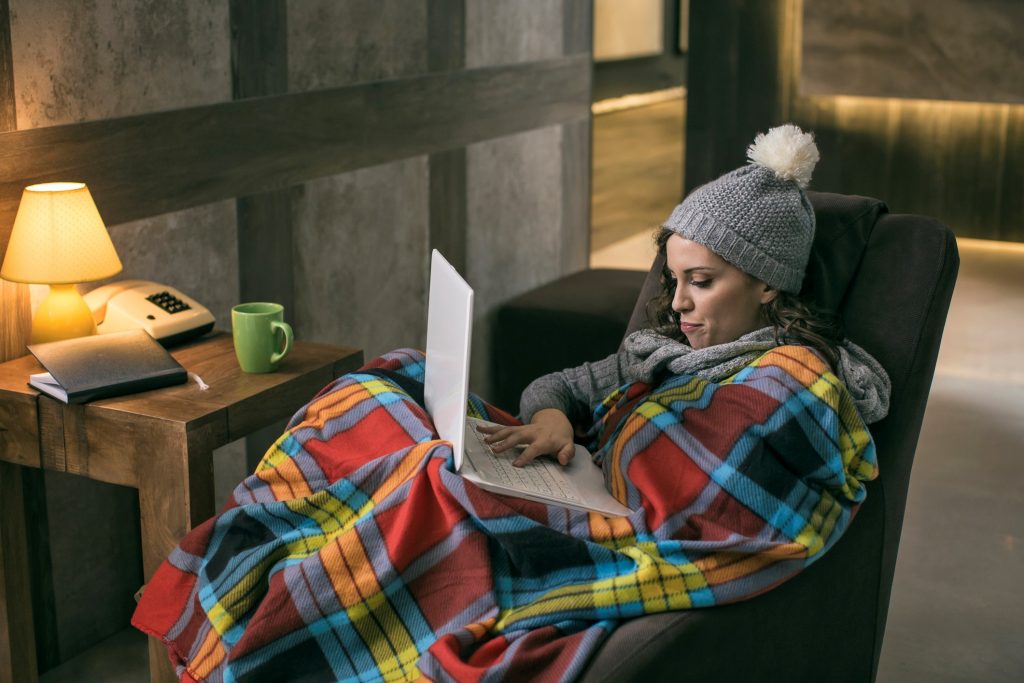“Come on guys, let’s hurry up, finish dinner, and head for the family room.”
Do you hear things like that in your house? And, if so, is it because not all rooms are equally comfortable, including those where indoor temperatures are controlled by the same thermostat? In this case, let’s say, your dining room (not even your kitchen!) is ten degrees warmer than your family room, and all you can think about is retiring there for the rest of the evening for the cool, comfortable temperatures it affords.
If something even close to that is going on inside your house, you don’t have to assume it’s just par for the course…because it isn’t.
Here, in fact, are the most common reasons for uneven temperatures from one room to the next:

Your heating or cooling system wasn’t correctly sized.
An HVAC system that’s either too big or small is an energy efficiency nightmare. If it’s undersized, it simply can’t heat or cool your home effectively, and some areas of your home are bound to be affected more than others. Conversely, an oversized system frequently will turn on and off – that not only can produce hot and cold spots but shorten the equipment’s lifespan.
Poor ductwork installation or condition.
Your air ducts are vital components of your AC and forced air heating systems. If they develop cracks or separate at any juncture, uneven temperatures often can result along with higher utility costs since, in the case of air conditioning, cool air is escaping into the attic where it isn’t needed.
Not enough registers.
A standard 12’ x 12’ room may need only one vent, while a great room with vaulted ceilings will require two, three, or more. Also, their placement is equally crucial to properly heating or cooling each room. If a room has too few or too many registers, it’s bound to create a comfort imbalance.
Inadequate insulation.
Proper insulation serves to keep our homes warm in the winter and cool in the summer. Over time, insulation breaks down, thus lessening heating and cooling efficiency. An attic floor and even ceiling should be covered with up to 6” of insulation. Also, have your home inspected for other areas where conditioned air could be escaping, like light switches and outlets, around windows and doors, and elsewhere.
Optimum Air offers multiple solutions for providing consistently warm and cool air throughout your home. These include annual preventive maintenance, proper duct installation, correctly sizing a new system, and more. For year-round home comfort and maximum energy savings, contact Optimum air today.